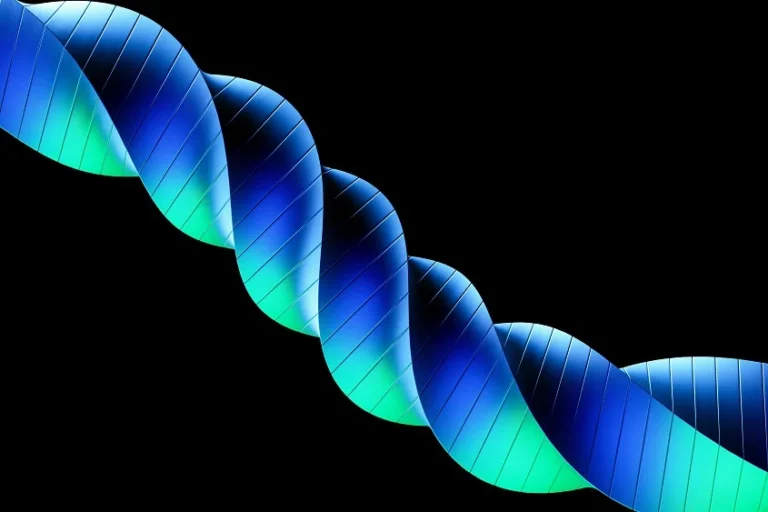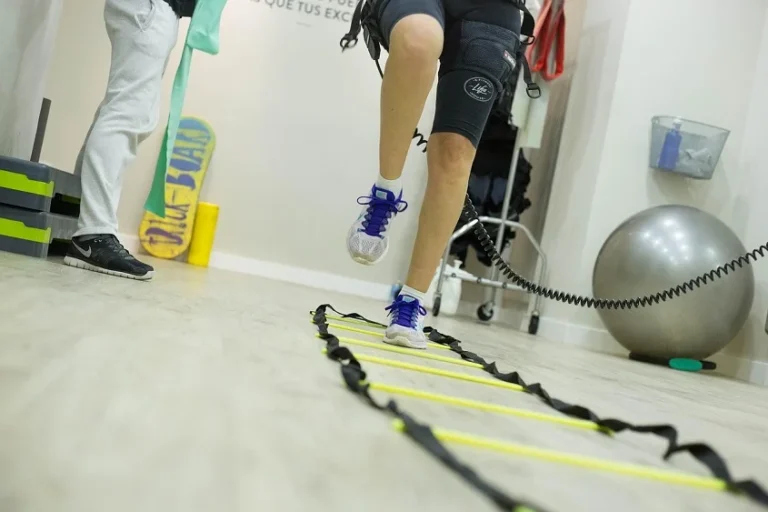Browsing: List of Diseases, Conditions & Syndromes (A-Z Index)
The page provides quick access to a list of common diseases, syndromes, health conditions, and other topics of health importance. The list is organized alphabetically. Links are provided to respective disease sections that serve as a comprehensive and ultimate guide about the disease or health condition.
A
B
Benign Prostate Enlargement Or Benign Prostatic Enlargement (BPE)
Benign Prostatic Hyperplasia (BPH)
Blood Sugar Chart/Blood Glucose Chart
C
D
E
F
G
H
I
J
K
L
M
N
O
P
R
S
T
U
V
X
How to Choose the Best Associate Degree in Nursing Program? 8 Best Tips
This article outlines some actionable tips that aspiring nursing students must consider before choosing an associate degree in nursing program.…
The 80/20 Rule in Health: Focusing on What Really Matters for Long-Term Wellness
Health advice can feel overwhelming—new diets, fitness trends, biohacks, and wellness products pop up every week. But long-term wellness doesn’t…
The Growing Need for Skilled Healthcare Professionals in Today’s World
The global healthcare landscape has changed drastically over the past few decades. What was once a slower-paced, hospital-centered industry is…
How Community-Based Approaches Improve Health Outcomes
Healthcare has traditionally centered around hospitals, clinics, and medical offices. These spaces are designed for diagnosing and treating disease, but…
How Core-Driven Workouts Are Helping People Recover from Back and Postural Issues
Back pain. Slouched shoulders. Tight hips. If all of that rings a bell, you are not alone. It is not…
How Poor Communication Leads to Patient Safety Risks (And How to Fix It)
Good communication in healthcare is not optional. It directly affects how safely and effectively patients are treated. Every conversation, update,…
How Nurse Practitioners Are Bridging the Gap in Primary Healthcare Access
If you’ve ever had to wait weeks to see your primary care doctor, or worse, skipped the appointment altogether because…
The Future of Precision Medicine: How Genomic Data Will Guide Treatment Decisions
In the evolving landscape of healthcare, precision medicine is emerging as a transformative approach that tailors treatment to individual patients.…
Personalized Care at Adelaide West Physiotherapy Clinic Toronto
Living in Toronto comes with its perks—vibrant neighborhoods, active communities, and a bustling city lifestyle. However, that same fast-paced environment…
The Role of Physiotherapy in Langley: A Canadian Perspective
Physiotherapy is more than a recovery tool—it’s a proactive health strategy embraced by Canadians seeking to maintain physical function, manage…













